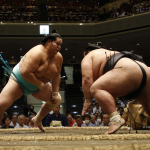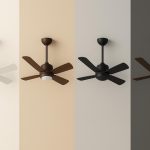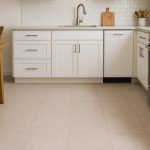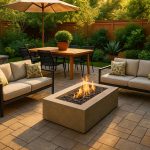Choosing the right lens for your camera setup is one of the most important—and often most challenging—decisions photographers face. For everyday shooting, the goal is typically to find a lens that offers solid image quality, reliable build, and affordability. But with so many options on the market, how do you balance cost, build quality, and sharpness?
The truth is that no single lens can be perfect in every category. Premium lenses with top- tier sharpness and weather-sealed metal construction can be expensive, while budget- friendly options may sacrifice performance or durability. That’s why smart photographers look for lenses that offer the best combination of these qualities—especially when building a kit for everyday use.
Understanding Your Priorities
Before diving into the lens market, it’s essential to understand what you truly need. Are you primarily shooting portraits, street photography, travel, or a little bit of everything? How vital is low-light performance? Do you need weather-sealing for outdoor conditions?
For many photographers—especially enthusiasts and hobbyists—versatility and practicality outweigh extreme sharpness or professional-grade durability. This is where third-party lens manufacturers like Tamron come into the picture, offering a sweet spot between quality and cost.
Evaluating Sharpness
Sharpness is often the first spec photographers consider. After all, no one wants soft, blurry images—especially not from their primary lens. However, it’s important to note that sharpness isn’t everything, and even entry-level lenses today offer sufficient image quality for most users, especially when viewed on screens or printed at modest sizes.
Tamron has made impressive strides in lens design, offering options that deliver excellent sharpness across the frame without the exorbitant price tags of some first-party counterparts. For instance, Tamron Nikon lenses like the Tamron 24-70mm f/2.8 G2 or the
35mm f/1.8 VC have been praised for their edge-to-edge sharpness, reliable autofocus, and consistent performance.
When choosing a lens, consider looking at independent sharpness tests and sample images. Real-world performance often tells a more accurate story than charts alone. And remember—sharpness can also be influenced by your technique, camera body, and post- processing workflow.
Weighing Build Quality
Build quality is closely tied to the lens’s durability and feel in hand. Metal mounts, weather sealing, and solid construction can add to both the cost and weight of a lens. For everyday use, you want a lens that feels dependable without being a burden to carry.
Again, Tamron has struck a smart balance in many of its offerings. The build quality of Tamron Nikon lenses has improved significantly in recent years. Many feature weather- sealing and fluorine coatings on front elements for easy cleaning and robust construction that stands up to daily use. These enhancements make Tamron lenses an excellent choice for photographers who want something reliable but don’t want to invest in flagship glass.
Budget Considerations
Cost is arguably the most significant factor for most photographers building a kit. While high-end prime lenses from Nikon or other manufacturers can exceed $1,500, many Tamron lenses offer comparable performance at a fraction of the cost.
Take the Tamron 28-75mm f/2.8, for example. It provides a fast aperture and versatile zoom range perfect for everything from portraits to landscapes—all at a budget-friendly price point. Whether you’re a student, an emerging professional, or a hobbyist looking for an upgrade, these lenses make quality accessible without draining your bank account.
Even better, Tamron continues to support both DSLR and mirrorless systems, meaning you don’t have to overhaul your entire gear setup when upgrading a lens. Many Tamron Nikon lenses are compatible with full-frame Nikon DSLR bodies and continue to perform admirably, making them a wise long-term investment.
Striking the Right Balance
Ultimately, the best everyday lens isn’t necessarily the sharpest, the toughest, or the cheapest—it’s the one that gives you the best balance of all three. If you’re looking to build
an everyday kit that offers dependable performance without overextending your budget, Tamron provides a lineup of lenses worth serious consideration.
Here’s how to evaluate the balance:
Sharpness: Look for consistent edge-to-edge performance and solid center sharpness at key apertures.
Build: Seek lenses with a good mix of weight, durability, and weather resistance if you shoot outdoors often.
Cost: Consider lenses that offer 80–90% of the performance of premium options at 50% or less of the price.
For many Nikon shooters, Tamron Nikon lenses hit all these marks. Whether you’re shooting portraits, events, or just documenting everyday life, Tamron’s well-designed optics can keep up with your creative needs without compromise.
Conclusion
Finding the perfect lens for everyday use doesn’t have to be a struggle between price, build quality, and sharpness. With thoughtful choices and brands that focus on value—like Tamron—you can get excellent results without sacrificing one feature for another. The key is to know your priorities, research your options, and choose a lens that supports your vision while staying within budget. When all three factors align, you’ll have a piece of glass that truly enhances your daily photography.
Lynn Martelli is an editor at Readability. She received her MFA in Creative Writing from Antioch University and has worked as an editor for over 10 years. Lynn has edited a wide variety of books, including fiction, non-fiction, memoirs, and more. In her free time, Lynn enjoys reading, writing, and spending time with her family and friends.















